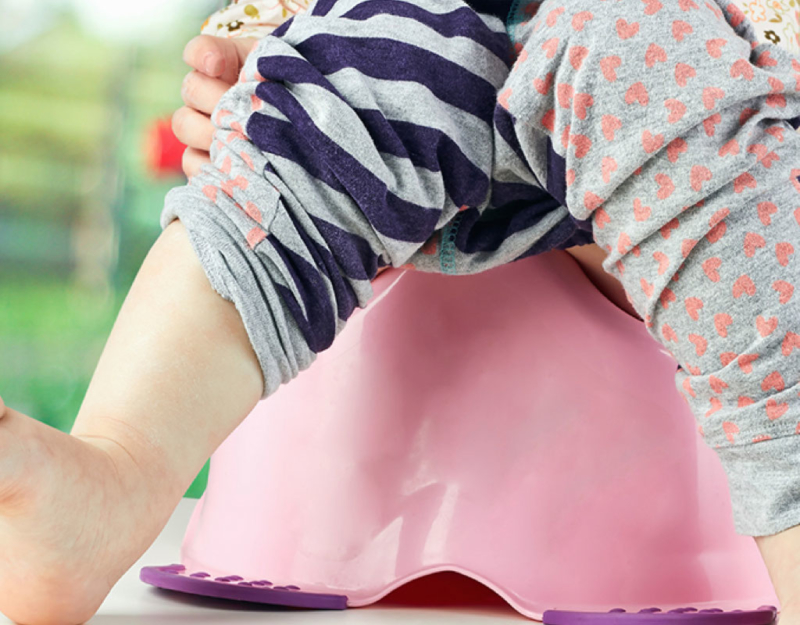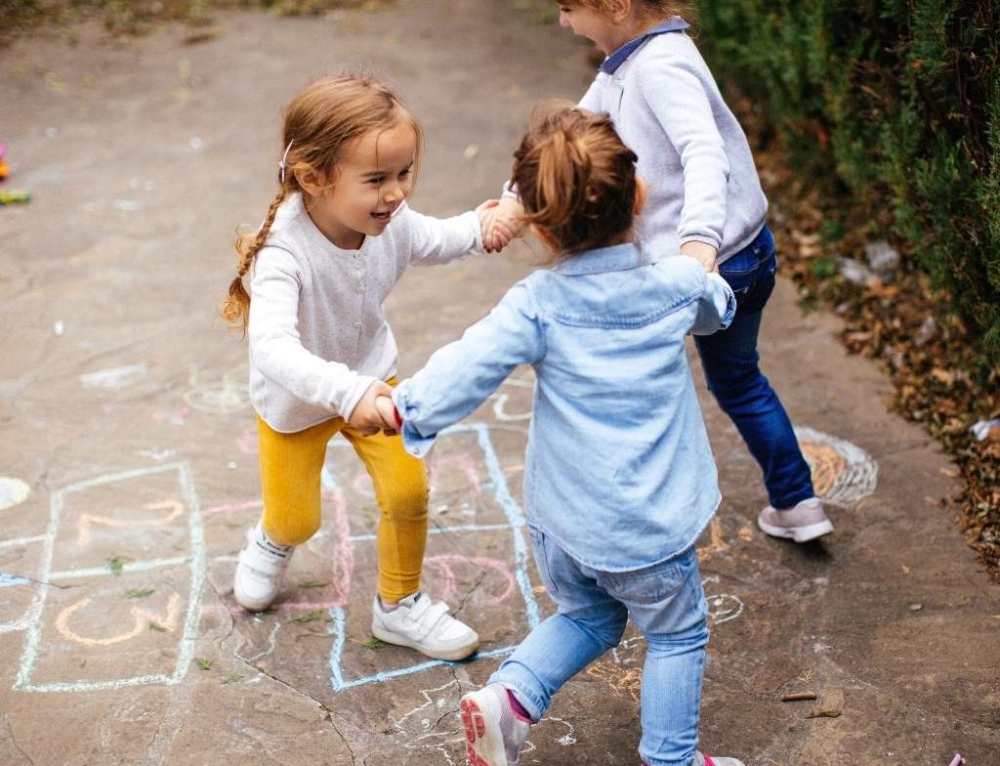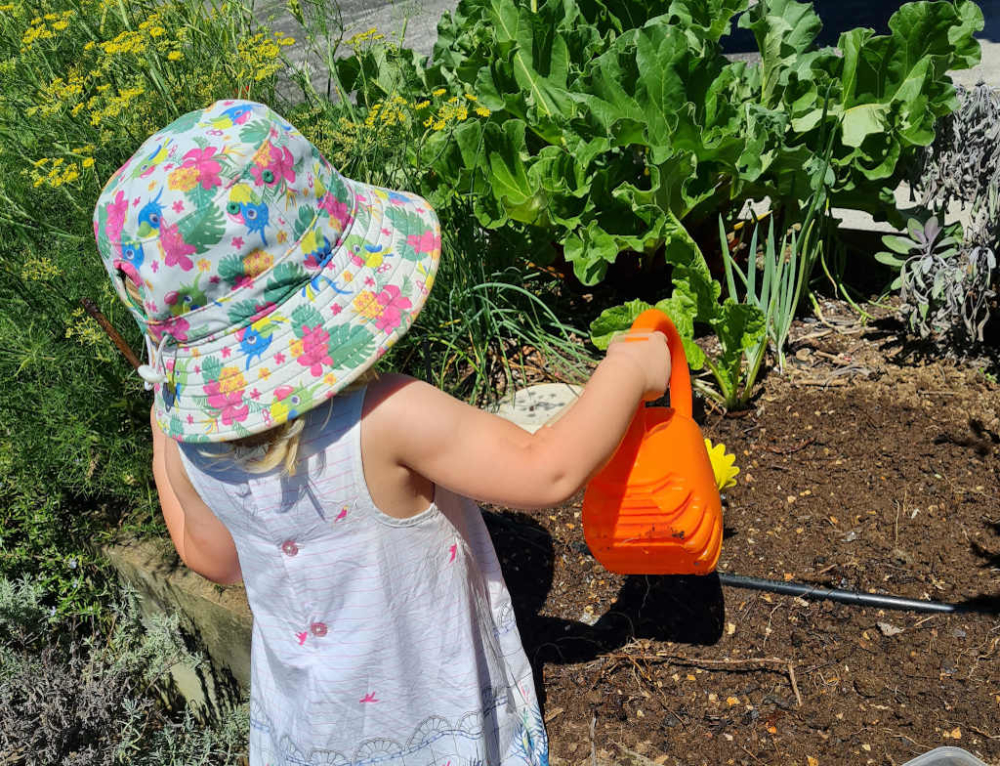Toilet training is an area of raising toddlers that too many parents get in a knot about. Here’s some tips to help you out.
- Pick a day to start and commit to it. You may choose to begin toilet-training in the warmer months when your toddler will be lightly dressed. Try to choose a time when you can spend a couple of days at home.
- Begin by withdrawing nappies while your child is awake and while you’re at home – it’s fairly unrealistic in the early days to take your child out in the car, shopping or visiting friends without a nappy on. Once you’re both more confident, start taking short trips away from home without a nappy, but take spare clothes for the inevitable accident.
- Make sure that your child can quickly and easily get their clothes on and off. Avoid overalls as they will slow them down – and when they need to go to the toilet, they will need to get there quickly! You may prefer to let your child run around in underpants only.
- Encourage your child to sit on the toilet regularly. By this age, many children are doing regular poos so you may like to take advantage of this and sit them on the potty then. If, however, they resist and insist that they don’t need to go to the toilet, don’t force them.
- The old trick of running water really does work, so if your child is hopping on and off the toilet unsure whether they want to go, try slightly turning on a tap so you can hear a gentle trickling and encourage them to sit for a couple more minutes.
- Make sure your child is drinking plenty of water and eating fibre-rich food, both of which will make the ‘going’ easy and regular.
- Be attentive – once you’ve tuned into your child, you may start to see the signs that your child needs to go to the toilet before they do.
- Be lavish in your praise when they get it right – they will excited and you should be too!
- Never get cross. If your child is wetting their pants more often than getting to the toilet, don’t be negative. Instead your child needs encouragement and you may have to re-think your toilet-training strategies.
- Ask your child if they need to go to the toilet throughout the day – but don’t bug them with it as they may just start tuning you out. Suggesting that they go to the toilet before you leave the house, before and straight after a nap are logical times to ask, too.
- If your child is still sitting on the toilet after five minutes, chances are that there’s nothing’s happening so take them off.
- You may find that if your child is frightened of doing a poo in the potty or toilet (and many children are), they may wait until you’ve put a nappy on them at bedtime to do a poo. While this is OK in the short-term, once they are really bladder toilet-trained you may like to try having story-time in the bathroom while they sit on the toilet before bed.
- Leave teaching how to wipe a bottom until they are fully toilet-trained – under the age of 3 years, they will only do a bad job (if they do it at all!).
- Show your chld how to wash their hands properly.
- The bathroom can get pretty stinky with all the little misses, so keep a bottle of disinfectant handy and give the toilet and the surrounding floor a quick clean each day.
REMEMBER!
The key is to not push your child. Relax and let nature take its course – for some, toilet-training can take weeks or even months. Always be encouraging and just quietly persist.
This article was written by Ella Walsh for Kidspot. Sources include SA Government’s Parenting and Child Health, Raising Children Network







Leave A Comment
You must be logged in to post a comment.